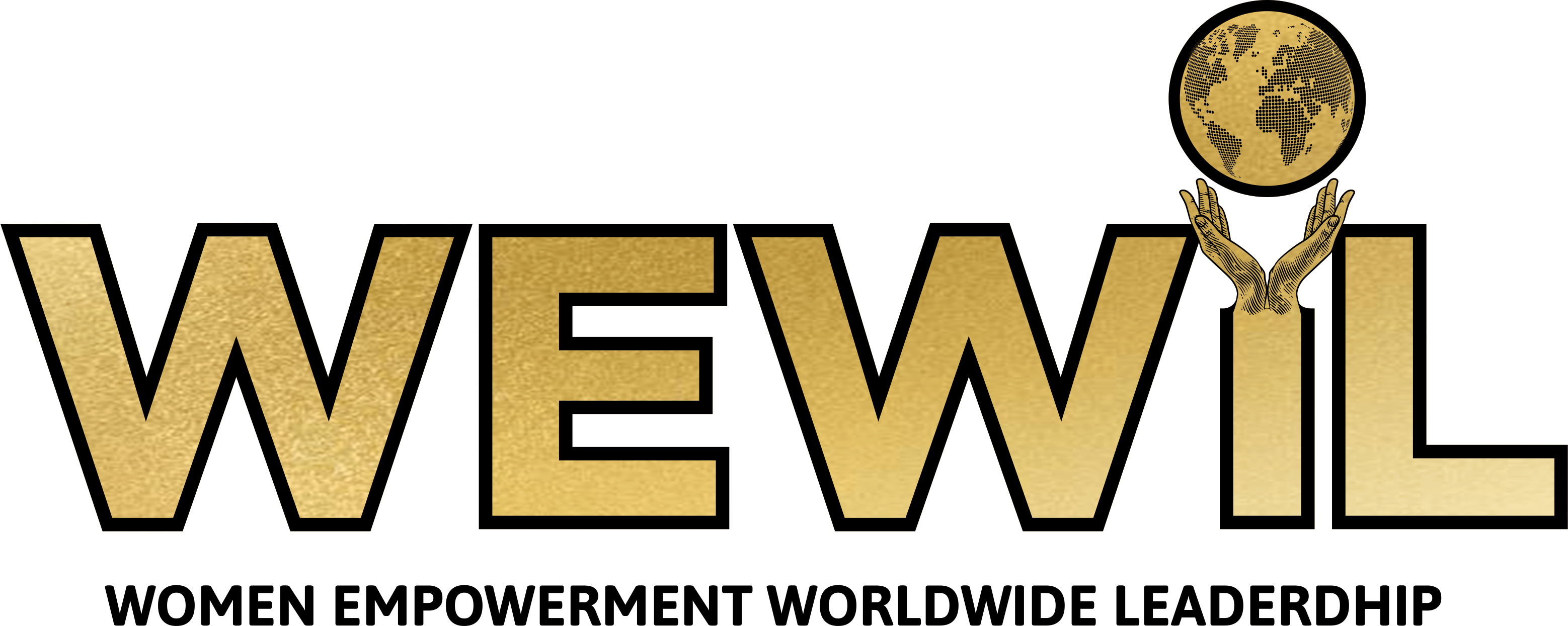In today’s rapidly changing world, the concept of inclusive leadership has emerged as a crucial element for success. Far from being a mere buzzword, inclusion is now recognized as an essential aspect of effective leadership in the 21st century. In this article, we will explore the significance of diversity, delve into the essence of inclusive leadership, and provide actionable steps to create an inclusive environment where every voice is not just heard but genuinely valued.
The Importance of Diversity
Diversity in all its forms, including but not limited to race, gender, age, background, and perspectives, is a wellspring of innovation and strength. Embracing diversity within an organization brings a multitude of benefits:
Enhanced Creativity: Diverse teams bring together a wide range of experiences and ideas, leading to more innovative solutions to complex problems.
Improved Decision-Making: A diverse group of individuals can offer a broader perspective on issues, leading to more balanced and well-informed decisions.
Increased Employee Engagement: When employees see themselves represented and feel included, they are more likely to be engaged and committed to their work.
Better Problem-Solving: Diverse teams can identify potential challenges and solutions that might be overlooked in a homogenous group.
Inclusive Leadership
Inclusive leadership is a mindset and a set of behaviors that foster a culture where all individuals feel valued and empowered to contribute their unique perspectives. Here are key attributes of inclusive leaders:
Open-mindedness: Inclusive leaders are receptive to diverse viewpoints and actively seek input from all team members.
Empathy: They understand and appreciate the experiences and challenges of individuals from different backgrounds.
Equity: Inclusive leaders ensure that opportunities and resources are distributed fairly, addressing disparities that may exist within the organization.
Effective Communication: They create an environment where communication is transparent, and everyone feels safe sharing their thoughts and concerns.
Practical Steps for Fostering Inclusivity
Creating an inclusive environment requires intentional effort and commitment. Here are practical steps for leaders to foster diversity and equality:
Diversity Recruitment: Implement diverse recruitment strategies to attract candidates from various backgrounds.
Diversity Training: Provide training for employees and leaders on topics such as unconscious bias, cultural sensitivity, and inclusive communication.
Inclusive Policies: Develop and enforce policies that promote diversity and inclusion, including flexible work arrangements and anti-discrimination measures.
Mentorship and Sponsorship: Establish mentorship and sponsorship programs to support underrepresented groups in advancing their careers.
Regular Feedback: Encourage open dialogue and feedback to identify and address any inclusivity challenges within the organization.
Conclusion:
Inclusive leadership is not a passing trend but a fundamental requirement for thriving in the modern business landscape. Embracing diversity and practicing inclusive leadership behaviors can lead to increased creativity, better decision-making, and higher employee engagement. By taking concrete steps to foster inclusivity, organizations can create a workplace where every individual’s voice is not just heard but valued, ultimately driving success in the 21st century.




